Little Giant APCP-1700 Bedienungsanleitung
Little Giant
Wasserpumpe
APCP-1700
Lies die bedienungsanleitung für Little Giant APCP-1700 (4 Seiten) kostenlos online; sie gehört zur Kategorie Wasserpumpe. Dieses Handbuch wurde von 6 Personen als hilfreich bewertet und erhielt im Schnitt 4.6 Sterne aus 3.5 Bewertungen. Hast du eine Frage zu Little Giant APCP-1700 oder möchtest du andere Nutzer dieses Produkts befragen? Stelle eine Frage
Seite 1/4

ENGLISH
EN
This instruction sheet provides you with the information required to
safely own and operate your product. Retain these instructions for
future reference.
The product you have purchased is of the highest quality workman-
ship and material, and has been engineered to give you long and
reliable service. This product has been carefully tested, inspected,
and packaged to ensure safe delivery and operation. Please exam-
ine your item(s) carefully to ensure that no damage occurred dur-
ing shipment. If damage has occurred, please contact the place of
purchase. They will assist you in replacement or repair, if required.
READ THESE INSTRUCTIONS CAREFULLY BEFORE
ATTEMPTING TO INSTALL, OPERATE, OR SERVICE
YOUR PRODUCT. KNOW THE PRODUCT’S APPLICATION,
LIMITATIONS, AND POTENTIAL HAZARDS. PROTECT
YOURSELF AND OTHERS BY OBSERVING ALL SAFETY
INFORMATION. FAILURE TO COMPLY WITH THESE
INSTRUCTIONS COULD RESULT IN PERSONAL INJURY AND/
OR PROPERTY DAMAGE!
SAFETY GUIDELINES
WARNING: To reduce the risk of injury, do not permit children to
use this product unless they are closely supervised at all times.
WARNING: Risk of electric shock. Connect only to a grounding
type receptacle protected by a ground-fault circuit interrupter
(GFCI). Contact a qualified electrician if you cannot verify that the
receptacle is protected by a GFCI.
WARNING: Do not bury cord. Locate cord to minimize damage
from lawn mowers, hedge trimmers, and other equipment.
WARNING: To reduce the risk of electric shock, replace damaged
cord immediately. Contact the manufacturer for replacement of
the power cord.
WARNING: To reduce the risk of electric shock, do not use exten-
sion cord to connect pump to electric supply; provide a properly
located outlet.
Never pump chemicals or corrosive liquids with this pump. This
could damage the integrity of the enclosure and cause an electrical
short. This pump has been evaluated for use with water only.
Never pump gasoline or other low flash point fluids with this pump.
Explosion or fire could result. This pump has been evaluated for
use with water only.
Do not run this pump dry. Running this pump without water may
damage the integrity of the enclosures and cause electrical short.
If service is required, proceed carefully. The pump and surrounding
areas may be covered with water. Never plug or unplug the device
while standing in wet or damp surfaces. If necessary, remove
power at the breaker panel or have certified electrician remove
power before attempting to service. Serious or fatal shocks could
result if proper procedures are not followed. Disconnect the power
at the main electrical service box by switching the appropriate
circuit breaker or removing fuse. In applications where screw type
fuses are used, remove only the one hand while other hand or torso
is free from contact with anything. Do not stand in water or do not
touch any other conductive surfaces.
Icy conditions can cause unnecessary wear on pump. When these
conditions exist it is recommended, but not required, to remove
the pump from the pool cover. Alternatively, if pump is left installed
during these conditions, ensure power cord remains connected to
a 115 VAC source.
PUMP SPECIFICATIONS
GALLONS PER HOUR
VOLTS AMPS WATTS 1' 5' 10' 15' 20' 21.5'
115 2.2 270 1700 1500 1150 700 200 0
CAPACITY SIZING INFORMATION
The 1700 GPH performance was obtained through a 1 inch I.D.
tube, with friction losses neglected. Using a 3/4" garden hose 50
foot long reduces this performance to approximately 500 gallons
per hour due to friction losses in the hose. If your area frequently
has heavy rainfalls, (1" - 2" per hour), it may be necessary to use 1"
tubing. This should be available in most pool supply stores.
The number of gallons of water that your pool will collect in a rainfall
of one inch per hour can be computed as follows: Cover overall
length (ft.) x cover overall width (ft.) x .6234 = gallons per hour.
NOTE: This is cover dimension, and not pool dimension.
Examples:
A 16' x 32' pool cover would collect 319 gallons (16 x 32 x •
.6234 = 319) in 1 hour, in 1" per hour rain.
A 20' x 40' pool cover would collect 499 gallons (20 x 40 x •
.6234 = 499) in 1 hour, in 1" per hour rain.
INSTALLATION
1. Verify that the electrical outlet to be used meets the require-
ments of the National Electrical Code (NEC), as well as local
electrical codes including grounding and GFCI protection. Also
verify that the outlet is properly sized and located for this pump.
Your installation may require a certified electrician or plumber.
See the ELECTRICAL CONNECTIONS section.
2. If necessary, check your plumbing codes to verify that final
installation will be in compliance with their requirements.
3. Connect a garden hose to the hose adaptor, or use a 1"
nipple and flexible PVC tubing secured to the pump discharge.
NOTE: If flexible 1" PVC tubing is used, secure the free end so
that it cannot blow back onto the pool cover in high wind.
4. Gently lower the pump onto the pool cover by holding onto
the garden hose. Do not pull the power cord plug onto the
pool cover. The pump is equipped with an eyelet opposite the
discharge for attaching a positioning rope (not included). Use
rope and a garden hose to position pump onto the pool cover.
Two people should position the pump, with the first person hold-
ing the electrical cord plug and the second person positioning
the pump at the desired location on the pool cover. The pump
is equipped with an 18 AWG, 25-foot power cord with a 3-prong
,grounding-type plug.
5. Once the pump is in position and proper electrical connections
have been made, it is ready for testing. See the ELECTRICAL
CONNECTIONS section.
During the rainy season, check daily to ensure that the pump is
functioning properly. During high winds or excessive movement of
the pool cover, be certain that the power supply cord has not been
pulled onto the cover, and that the pump is still upright with the dis-
charge hose properly positioned. If you plan to be away from your
pool for an extended period, have someone periodically check your
pump to verify that everything is functioning properly. Be sure to
1
APCP-1700
POOL COVER
PUMP
Franklin Electric Co., Inc.
P. O. Box 12010
Oklahoma City, OK 73157-2010
Phone: 405-947-2511 • Fax: 405-947-8720
www.LittleGiantPump.com
CustomerService-WTS@fele.com

review the SAFETY GUIDELINES and ELECTRICAL CONNECTIONS
sections with them.
OPERATION
The water level switch is activated by a float mechanism. This is
caused by water rising around the float with the pump resting
upright. This switch relies upon buoyancy force of the float to
activate. The switch should cause pump to come on when the
water level is approximately 2"-3" deep. Pump should remain run-
ning until the water level is approximately .50"-1.50" deep. NOTE:
Temperatures near freezing may cause the ON level to go as high
as 4", and the OFF to be as high as 2".
ELECTRICAL CONNECTIONS
1. Your pump is supplied with a 3-prong electrical plug. The third
prong grounds the pump to prevent possible electrical shock
hazard. Do not remove the third prong from the plug.
2. A separate branch electrical circuit is recommended. The elec-
trical power required is 5 amp at 115 VAC.
3. Be sure that electrical connection cannot be reached by rising
water. Under no circumstances should the connection be located
where it may become flooded or submerged by water.
4. Test the pump after all electrical connections have been made.
Run water into area where pump is to be placed. Do not attempt
to run the pump without water; this could cause damage to the
pump. Fill the area to a normal ON level and allow the pump to
remove water to a normal OFF level.
WARNING: Always disconnect the electrical power before touching
the pump, discharge, or electrical plug when water is present in
the area. Failure to do so can result in serious bodily injury and/
or property damage. Always connect the pump to a grounded
receptacle. See SAFETY GUIDELINES.
SERVICE INSTRUCTIONS
WARNING: Before servicing pump, disconnect it from electrical
service, unplug cord, remove fuse, or turn off disconnect box.
The motor housing of the pump is completely sealed and requires
no service. Disassembly of the motor housing or alteration of the
power cord voids all warranty.
The motor is a continuous duty type with an automatic thermal
overload protector device.
The pump can run against a restricted discharge without damage
to the pump.
Keep pump clean and in a well maintained condition at all times.
Pump should be thoroughly cleaned for summer storage.
If float becomes stuck, remove the float access cap on the bottom
of the pump. Remove cap by turning towards the “OPEN” arrow as
indicated on the cap. Clean as needed, then reinstall access cap.
This pump has an internal vent hole to prevent an air-lock condition.
Periodically the vent hole can become obstructed and will require
cleaning according to Figure 1 and the following steps:
1. Disconnect the pump from electrical service.
2. Loosen and remove the five screws from the outer blue cover.
( Only four of the five screws are shown in Figure 1.)NOTE:
3. Remove the outer cover.
4. Clean debris from the vent hole.
5. Re-install the outer cover and screws.
6. Re-connect the pump to electrical service.
2
Vent hole
Screws
Screws
FIGURE 1
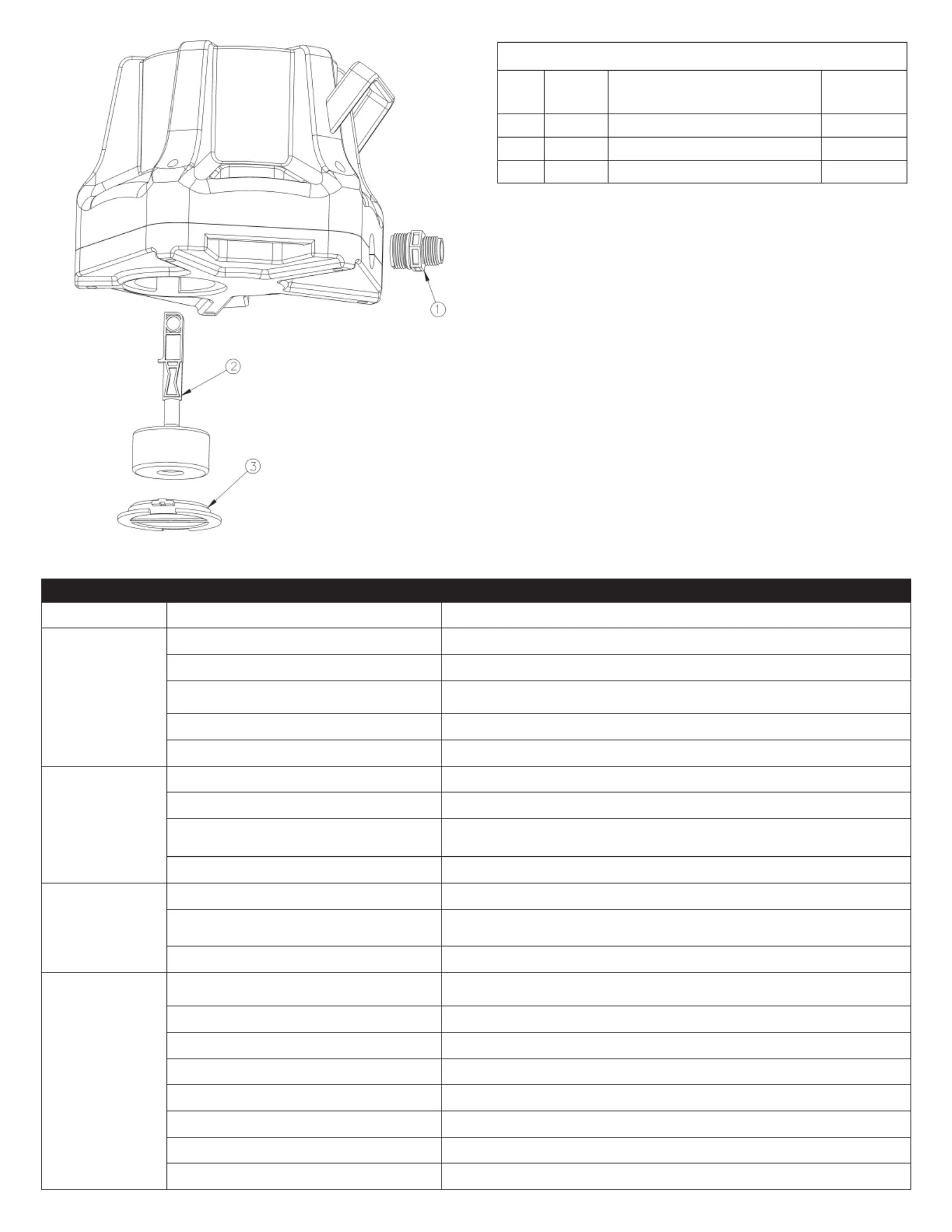
3
TROUBLESHOOTING INFORMATION
SYMPTOM CAUSE REMEDY
Pump will not shut
off.
Stuck float. Clean area around float.
Defective switch. Contact factory.
Pump is air locked.
Shut power off for approximately 1 minute, then restart. Repeat several times to clear
air from pump.
Liquid inflow matches or exceeds pump capacity. Larger pump required, or multiple pumps. See capacity sizing information.
Frozen water in discharge hose. Thaw hose or replace hose.
Pump runs but will
not discharge liquid.
Lift too high for pump. Check pump specifications table.
Inlet to impeller plugged. Pull pump and clean.
Pump is air locked.
Shut power off for approximately 1 minute, then restart the pump. Repeat several
times to clear air from the pump. If this does not resolve the problem, the vent hole
might be blocked. Clean the hole according the SERVICE INSTRUCTIONS section.
Frozen water in discharge hose. Thaw hose or change out.
Pump does not
deliver rated capac-
ity.
Lift too high for pump. Check rated pump performance.
Low voltage, speed too slow. Check for proper supply voltage, ensuring that it corresponds to nameplate voltage.
Impeller or discharge pipe is clogged. Pull pump and clean. Check pipe for scale or corrosion.
Pump cycles con-
tinually.
No check valve in long discharge pipe allowing
liquid to drain back onto cover.
Install a check valve in discharge line.
Check valve leaking. Inspect check valve for correct operation.
Switch failed. Have pump serviced.
Volute clogged. Clean screen and basket.
Switch float stuck. Remove access screen and clean debris from float.
Motor failure. Have pump serviced.
Thermal protector activated. Allow pump to cool.
GFCI device activated. Inspect all electrical connections and reset GFCI.
REPLACEMENT PARTS
Item
No.
Part
No. Description Qty.
1 177343 Garden hose adapter 1
2 177344 Float/stem assembly 1
3 177345 Float access cover 1
FIGURE 2
Produktspezifikationen
| Marke: | Little Giant |
| Kategorie: | Wasserpumpe |
| Modell: | APCP-1700 |
Brauchst du Hilfe?
Wenn Sie Hilfe mit Little Giant APCP-1700 benötigen, stellen Sie unten eine Frage und andere Benutzer werden Ihnen antworten
Bedienungsanleitung Wasserpumpe Little Giant
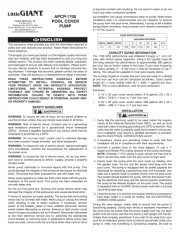
17 August 2025
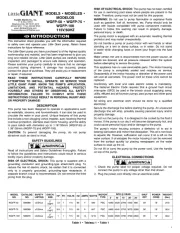
17 August 2025
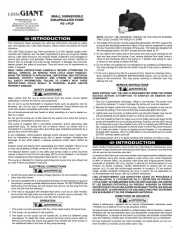
19 Juli 2025
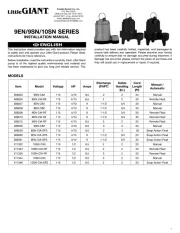
19 Juli 2025
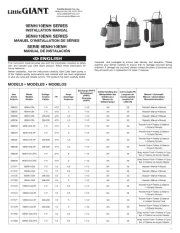
19 Juli 2025
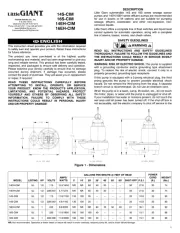
19 Juli 2025

11 Juni 2025
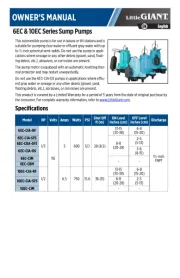
11 Juni 2025
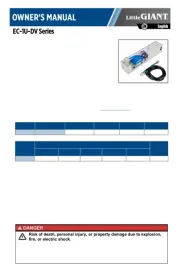
11 Juni 2025
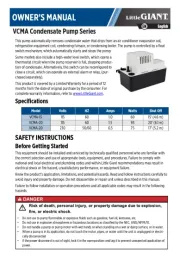
11 Juni 2025
Bedienungsanleitung Wasserpumpe
- Atlantic
- Dometic
- Danfoss
- Tetra
- Grizzly
- Design Toscano
- De Dietrich
- Waterco
- Wiltec
- Bulex
- Gardena
- Hozelock
- Ribimex
- Nibe
- Texas
Neueste Bedienungsanleitung für -Kategorien-
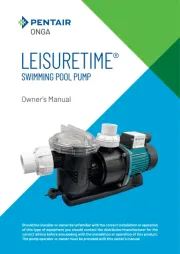
18 August 2025
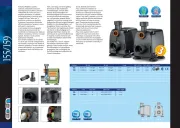
18 August 2025
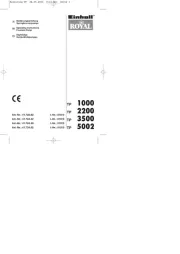
18 August 2025
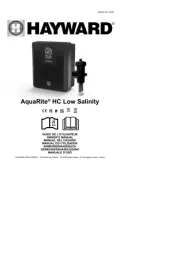
18 August 2025
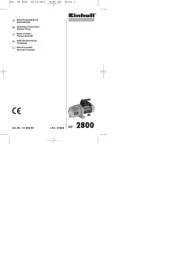
17 August 2025
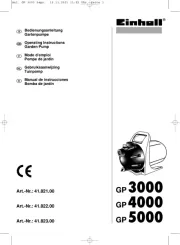
17 August 2025
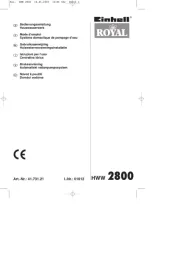
17 August 2025
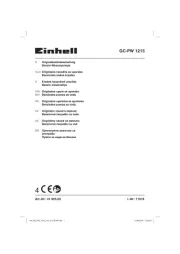
16 August 2025
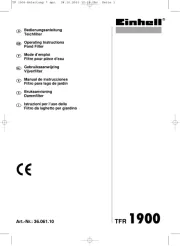
16 August 2025

16 August 2025